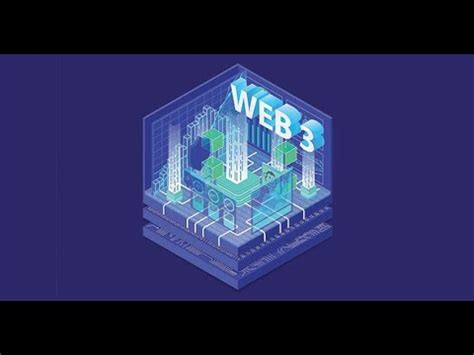3 min de lectura
Futures Expiration, IDO, Decentralized Exchange
CRYPTOCURRENCY
«Cryptocurrency Alert: Cryptocurrencies, Futures Profits, IDOs, and Decentralized Exchanges»
The crypto market has been on a roller coaster ride in recent months, with prices seeing significant swings in response to a variety of factors, including economic indicators, investor sentiment, and regulatory developments. One aspect of the crypto market that continues to receive close attention is its use in futures markets and initial decentralized offerings (IDOs). In this article, we delve into the world of crypto, futures expirations, IDOs, and decentralized exchanges.
Cryptocurrency Prices
The price of cryptocurrencies such as Bitcoin (BTC), Ethereum (ETH), and others has been significantly influenced by broader market trends. As of March 2023, the prices of these cryptocurrencies are:
- BTC: approximately $22,000
- ETH: approximately $1,200
- BNB: approximately $230
Future Returns

Futures contracts, also known as futures yields, are contracts to buy or sell an asset at a predetermined price on a specific date. In the crypto market, futures yields refer to the returns investors can expect from trading contracts that expire in the future.
For example, if an investor buys a Bitcoin futures contract with an expiration date of April 15, they would be expected to pay $25 per unit (1 BTC) by April 15 and sell it at the higher market price. If the market price rises to $26,000 by April 15, the investor can expect to make a profit of $1,500 per unit.
IDO (Initial Decentralized Offerings)
IDO platforms are decentralized applications (dApps) that allow new projects to be created and sold without the need for intermediaries. IDOs have gained popularity in recent years due to their ability to raise funds from multiple investors at once.
IDO platforms typically consist of several layers, including:
- Smart Contract Platform: This is where the project code is stored.
- Tokenomics: The rules and regulations that govern the token economy.
- Marketing Team: The team responsible for promoting the project on social media and other channels.
- Sales Team: The team responsible for selling tokens to investors.
Examples of IDOs include decentralized finance (DeFi) projects on Binance Smart Chain and Solana, which have raised millions of dollars in funding from early-stage investors.
Decentralized Exchanges
Decentralized Exchanges (DEXs) are peer-to-peer trading platforms that operate on blockchain networks. Unlike traditional exchanges, DEXs allow for direct interaction between buyers and sellers, eliminating the need for intermediaries such as brokers or exchangers.
DEXs have gained popularity in recent years due to their ability to provide faster, cheaper, and more secure trades. Some popular examples of decentralized exchanges include Uniswap, SushiSwap, and Curve.
Cryptocurrency Market Trends
As the crypto market continues to evolve, several trends are expected to shape its future. These include:
- Increased adoption by institutional investors: As the crypto market becomes more mainstream, institutions such as pension funds and sovereign wealth funds may begin to invest in cryptocurrencies.
- Regulatory transparency: Governments around the world are still debating regulatory frameworks for cryptocurrencies, with some countries introducing stricter regulations while others remain lax.
- Increasing Competition from DEXs: The rise of DEXs is expected to continue, offering direct interaction and potentially disrupting traditional exchanges.
In conclusion, the crypto market is a complex and rapidly evolving space. As futures expirations continue to impact prices, IDOs are becoming increasingly popular for fundraising, and decentralized exchanges are driving innovation in peer-to-peer trading.